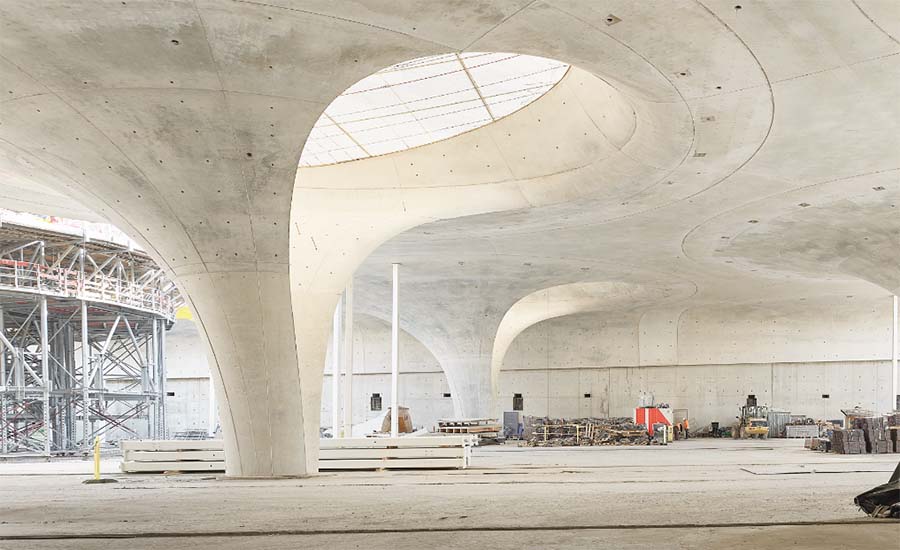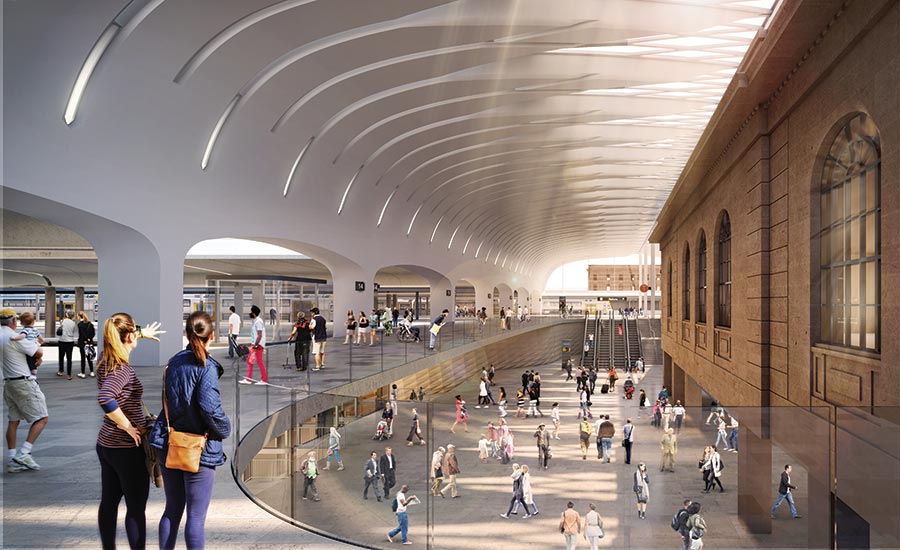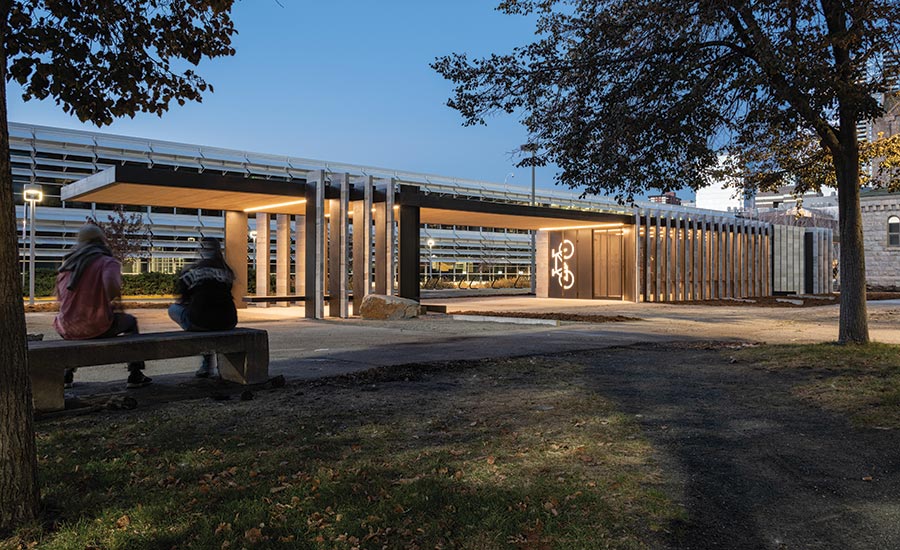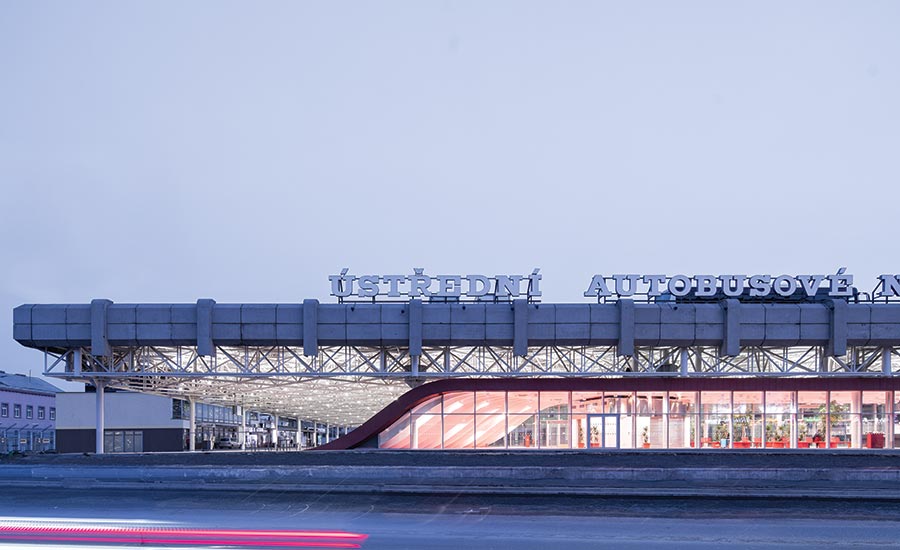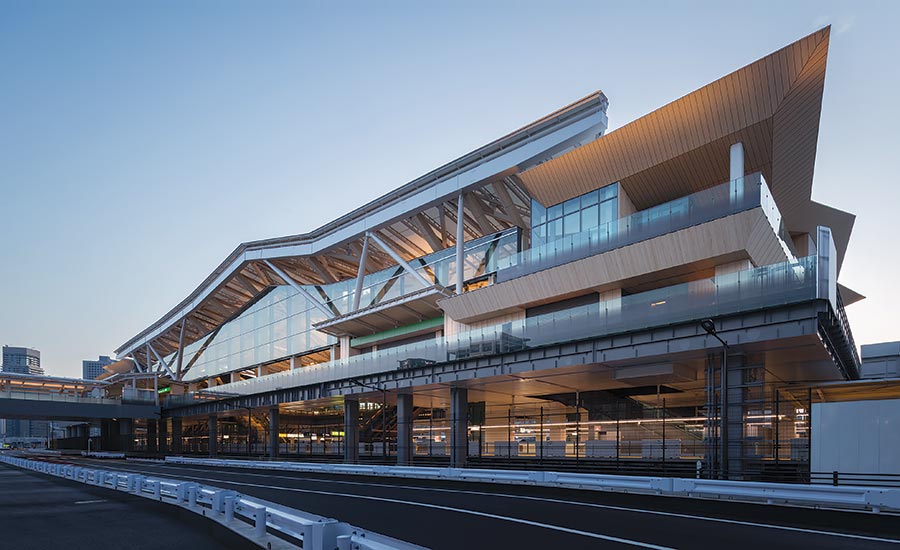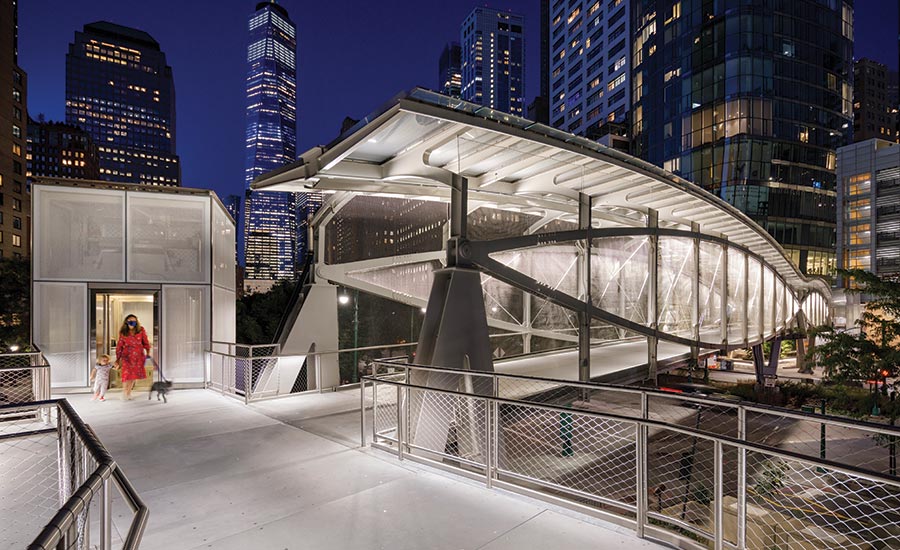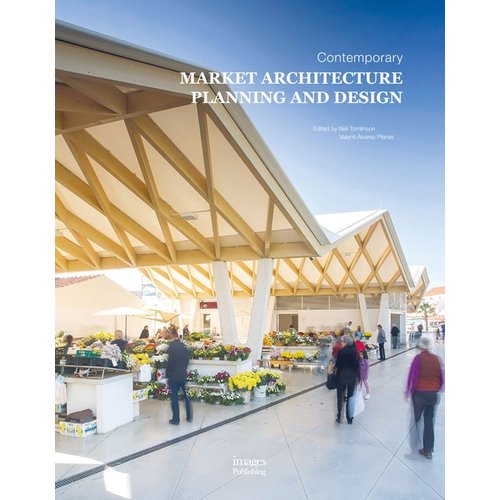As the vital arteries that connect people and places within and beyond metropolitan areas, transportation hubs are the lifeblood of urban centers. On the pages below, RECORD explores imaginative solutions for such infrastructure, from an elegant pedestrian bridge in Lower Manhattan to an ongoing megaproject transforming Stuttgart’s central rail station and the heart of the city. Despite the range in scale, these architecturally inventive projects enhance the appeal of getting from point A to point B by train, bus, bike, or on foot. Reading about them and taking the online quiz earns one hour of continuing education credit.
Continuing Education

To earn one AIA learning unit (LU), including one hour of health, safety, and welfare (HSW) credit, read the “Urban Transportation” articles above and then complete the quiz. Upon passing the test, you will receive a certificate of completion, and your credit will be automatically reported to the AIA. Additional information regarding credit-reporting and continuing-education requirements can be found at continuingeducation.bnpmedia.com.
Learning Objectives
- Outline strategies for expanding landmarked or listed transportation facilities that preserve their historic character while improving their utility for contemporary users.
- Explain how urban transportation hubs can be designed to catalyze development and provide linkages among previously disconnected districts for both passengers and pedestrians.
- Describe low-energy climate-control and illumination strategies suitable for transportation facilities.
- Describe the innovative structural solutions and advanced construction methods showcased in the featured transportation facilities.
AIA/CES Course #K2108A

